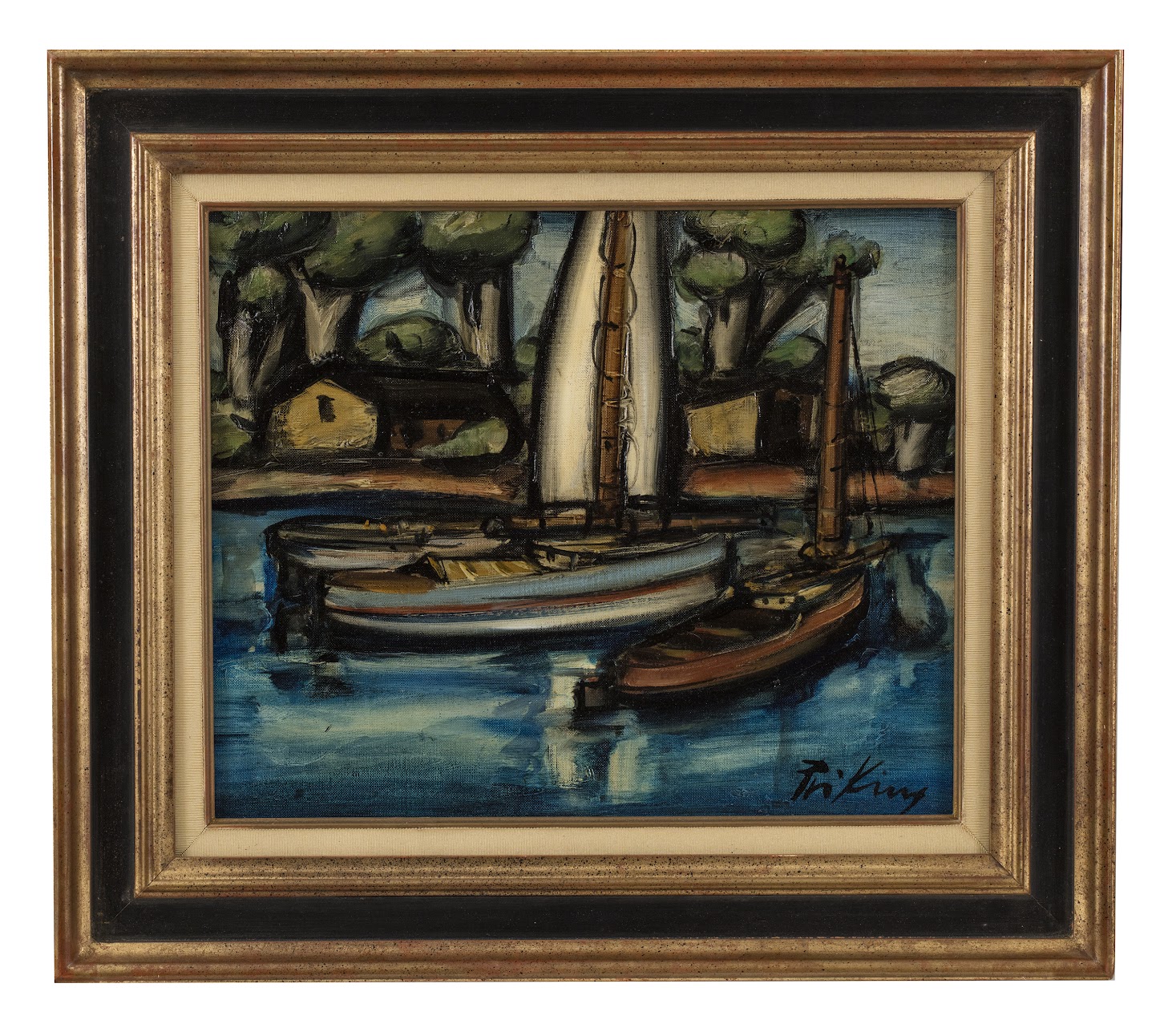Franz Priking, born Pricking, was a German painter and lithographer. He was born on August 7, 1929, in Mülheim, North Rhine-Westphalia, and grew up in a troubled historical context marked by the rise of Nazism and the outbreak of World War II. His father, a metallurgy engineer and art enthusiast, instilled in him a love for the Italian Renaissance and Baroque art from a young age.
In 1945, at just 15 years old, he was forcibly conscripted into the German army and sent to the Eastern Front, where he was captured and interned in Auschwitz. After a year of detention, he managed to escape and undertook a journey of 600 kilometers through Russian lines to return to his hometown. These traumatic experiences infused his art with profound emotional intensity and a quest for meaning.
In 1948, he joined the Bauhaus in Weimar, and later the Academy of Arts in Berlin, where he became a student of Max Pechstein. These studies allowed him to explore German expressionism. His encounter with Bertolt Brecht in Berlin, where he lived for ten months, also opened new artistic avenues for him.
In 1950, Priking left Germany to settle in Paris, but it was in Provence that he truly flourished. During his first exhibition in France at the Réattu Museum in Arles in 1952, he met Pablo Picasso, who would influence his painting. Priking spent seven months in Vallauris, deepening his understanding of the structure and organization of the canvas, moving away from the bright colors of his expressionist past in favor of earthier tones.
After marrying Gil, he settled in Barbentane, where he continued to paint. Between 1953 and 1954, he developed his distinctive style by surrounding his subjects with thick black outlines, a technique that became emblematic of his work and reflected his commitment to a “new realism.”
In 1958, Priking acquired a medieval house in Oppède and began restoring his studio. This Provençal setting inspired his work, allowing him to explore new symbolic themes, such as winged horsewomen with eagle heads and floating landscapes. His painting evolved towards a form of symbolism, incorporating geometric elements and mathematical construction.
His life came to an untimely end on June 10, 1979, at the age of 49, just weeks before a retrospective exhibition at the Château de Val. His last painting, “The Château de Val,” embodies the culmination of his artistic quest.

Sign up to the newsletter and stay informed about our latest acquisitions and exhibitions:
© Galerie Rousset 2023